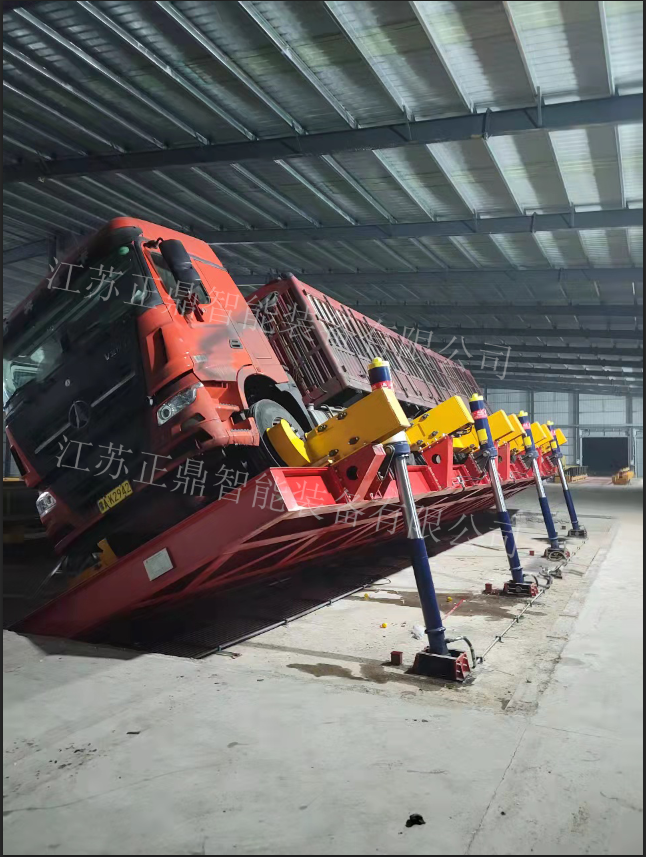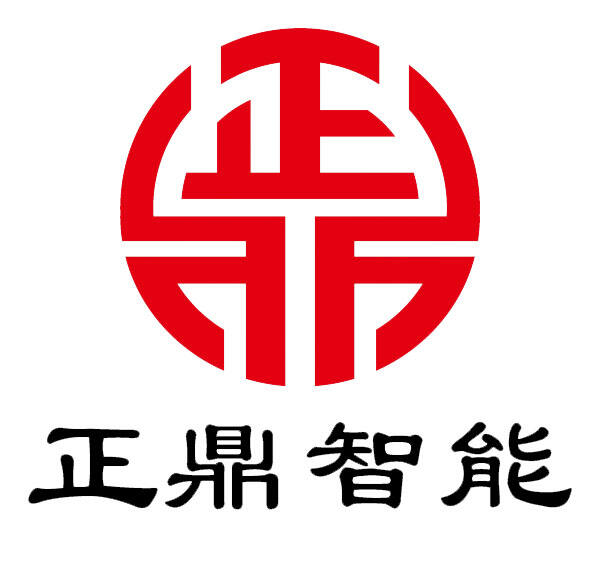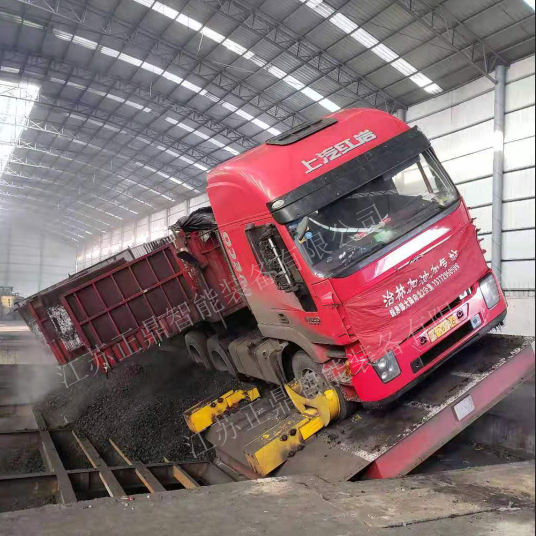Increased Unloading Speed and Operational Efficiency
Faster Cycle Times and Turnaround Reduction
Hydraulic unloading systems really cut down on cycle times because they move materials so much faster, which means better throughput overall and operations run smoother too. Industry data shows these systems can knock about 20 to 30 percent off unloading times when compared with older methods, making them pretty efficient solutions for many businesses. The speed at which materials get handled makes a big difference in logistics decisions too since everything becomes available quicker than before. When stuff arrives on time, processing happens without delays and downtime gets minimized across the board.
Streamlined Material Transfer Processes
Hydraulic unloading systems are designed to really boost efficiency in material handling. These systems cut down on wait times and speed things along across different parts of the facility. They work right alongside conveyor belts and all sorts of industrial equipment, so materials move from one place to another without causing bottlenecks or slowdowns throughout production. What makes these systems stand out is how they fit into what's already there at most plants. Installers don't need to tear everything apart just to get them running. That means businesses can upgrade their operations without major disruptions. Facilities dealing with fluctuating order volumes especially benefit because these systems handle changes in workflow pretty well. Whether it's a sudden rush of orders or unexpected supply chain issues, the system adapts quickly enough to keep things moving smoothly day after day.
Enhanced Operational Control and Safety
Smooth Motion and Spillage Prevention
Hydraulic unloading systems work to keep things moving smoothly throughout operations while cutting down on the dangers posed by those sudden jerky motions we all know too well. The way these systems are built actually goes beyond just making operations safer they include some pretty smart safety mechanisms that really cut down on spills happening in the first place. When there's no spillage, companies get two big wins at once protecting the environment around them and saving money on all that expensive cleanup work later on. Looking at what various industry studies have shown over time, facilities that invest in spill prevention tech tend to save somewhere around 15 percent each year on materials lost through accidents and mishaps.
Reduced Manual Labor Requirements
When hydraulic unloading systems get automated, they cut down on the need for manual labor quite a bit, which makes the work environment much safer since there's less chance of someone getting hurt during operations. Companies find they don't need as many workers around for unloading stuff anymore, so they can actually save money elsewhere in their budgets. Plus, once these systems are in place, businesses spend less time and money training new staff members because the process becomes so straightforward. We've noticed that jobs which used to have high turnover rates now see employees staying longer when repetitive physical work gets taken over by machines. From both safety and productivity standpoints, switching to automated solutions really pays off in warehouses and distribution centers where materials move constantly throughout the day.

Superior Load Handling Capabilities
Heavy-Duty Material Capacity
Hydraulic unloading systems can take on serious weight and work with all sorts of heavy stuff, which makes them pretty versatile for different industries. They really shine in places like construction sites or mines, where the weights involved usually go way beyond what standard equipment can handle. What sets these systems apart is how they tackle massive loads without breaking a sweat. Some models actually manage to move more than 30 tons worth of material at once. That kind of strength speaks volumes about their build quality and how well they hold up under tough conditions. When dealing with big loads day in and day out, these systems become essential because nobody wants accidents when moving something that could cause serious damage if dropped.
Consistent Bulk Material Performance
Hydraulic unloading systems work really well for moving bulk materials around consistently, which keeps the whole supply chain running smoothly most of the time. These systems rely on some pretty good hydraulic tech that keeps working reliably even when loads change from day to day or hour to hour. Think about what happens during peak seasons versus slow periods at a factory. The system just keeps going without stopping. And this matters a lot because when things stop unexpectedly, everyone downstream gets affected. Less downtime means better productivity across the board. Consistent delivery of those bulk materials helps maintain steady workflow patterns throughout warehouses and manufacturing plants alike. For companies dealing with raw materials or finished goods storage, having these systems installed can make all the difference between meeting quotas and falling behind schedule.
Automation and Productivity Advancements
Remote Control Functionality
The remote control feature changes everything for people managing hydraulic unloading systems since they can now operate equipment from somewhere much safer. Safety at work gets a major boost because there's less chance of getting hurt when someone doesn't have to physically interact with machinery. Productivity goes up too. Operators spend less time running back and forth to check on things manually. They just watch from afar and tweak settings as needed. What really saves money though is being able to handle several unloading points all at once instead of one by one. Remote controls let these systems run smoother and safer overall, which means better results even when conditions get tough on site.
Downtime Minimization Through Automation
Automating processes helps cut down on downtime mostly because it stops those annoying little mistakes people make all the time, which tend to mess things up in manual systems. Take hydraulic unloading systems with their predictive maintenance stuff for instance. These systems let technicians jump in early when something looks off track, so problems don't get out of hand and disrupt everything. Real world data shows factories using automated systems experience around 40 percent fewer shutdowns than places still doing everything manually. But the advantages go further than just fixing human errors. Automated setups run smoother overall, making the whole supply chain work better without constant hiccups. Factories that have made the switch typically see their equipment last longer too, while getting more done per hour in material handling tasks across the board.
Maintenance and Longevity Benefits
Reduced Equipment Wear Mechanisms
Hydraulic unloading systems come packed with smart features that cut down component wear and tear, making them last much longer than standard setups. What makes these systems special? They actually reduce friction and resistance while running, something that really helps keep equipment intact over time. From a maintenance standpoint, this design means technicians spend less time fixing things, so companies save money on repairs in the long run. Industry studies show that with proper care, these systems can run twice as long as regular ones before needing replacement parts. For manufacturers dealing with heavy machinery, investing in hydraulic unloading technology pays off big time when it comes to both equipment durability and overall operational efficiency.
Long-Term Cost Efficiency
Businesses looking at long term savings should seriously consider investing in hydraulic unloading systems. These systems tend to cut down on maintenance expenses over time, which plays a big role in why they deliver such good returns on investment. Faster unloading times mean less downtime and fewer workers needed for manual operations, both of which translate into real money saved day after day. Industry research shows companies typically see around 25% reduction in overall costs when switching from old school methods to these modern systems. For manufacturers dealing with high volume production runs, this kind of system isn't just another upgrade option it's becoming almost essential for staying competitive while keeping operating budgets under control.
FAQ
What are the benefits of Hydraulic Unloading Systems?
Hydraulic Unloading Systems improve unloading speed, operational efficiency, safety, reduce manual labor, and ensure long-term cost effectiveness.
How do Hydraulic Unloading Systems enhance safety?
These systems maintain smooth operations to minimize abrupt movements and include advanced safety features to prevent spillage, resulting in reduced cleanup costs and environmental protection.
Can Hydraulic Unloading Systems handle heavy-duty loads?
Yes, they are specifically designed to manage substantial loads and are effective in industries like construction and mining, handling over 30 tons in some models.
How do these systems reduce downtime?
They are equipped with automation and predictive maintenance that minimize human error and prevent issues from escalating, leading to significantly less downtime.
Are Hydraulic Unloading Systems cost-efficient in the long run?
Yes, they reduce maintenance costs and labor expenses, offering a favorable return on investment and up to 25% savings in total costs compared to traditional methods.

